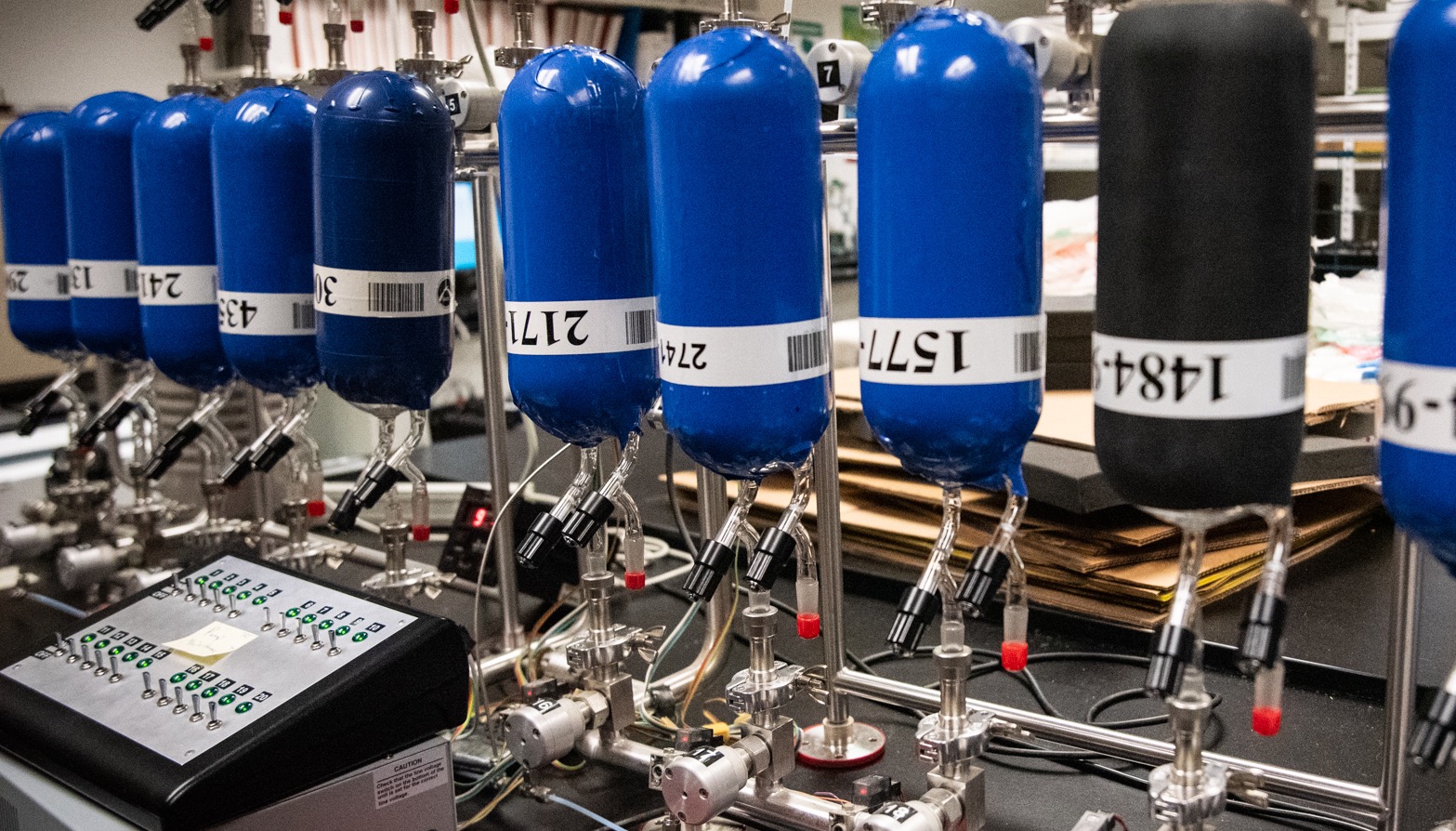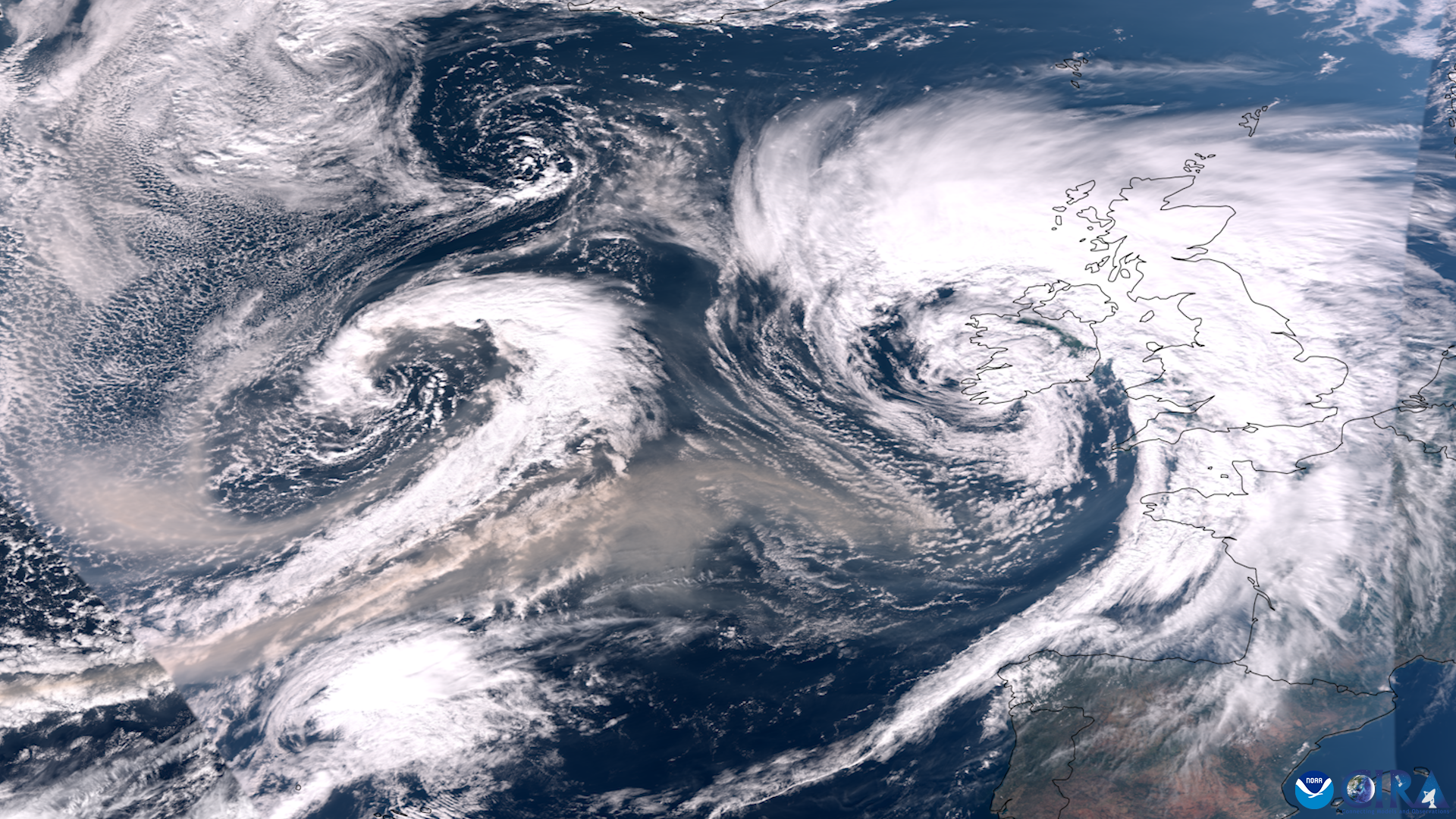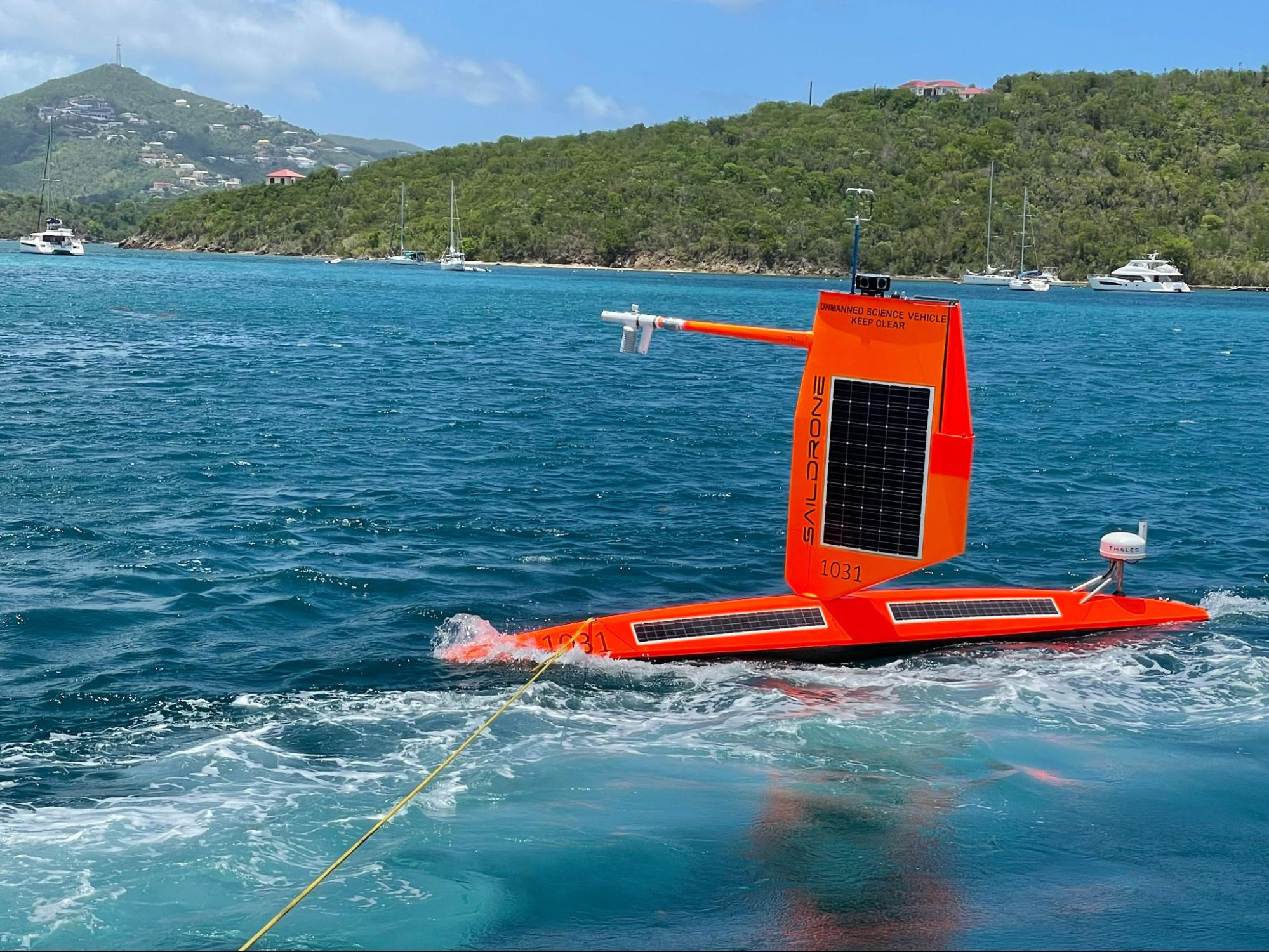Expedition to the U.S. Arctic keeps in place some vital research
From spring to early fall in a typical year, NOAA and research partners conduct several important scientific surveys in the U.S. waters of the Bering and Chukchi Seas. Scientists collect oceanographic and biological data that are used to inform fisheries management, monitor whale populations and support Arctic ecosystem and climate studies.
This annual research is essential to understanding a rapidly changing Arctic.
But this was no usual year due to the COVID-19 pandemic. While NOAA has had to cancel many of its planned research surveys in Alaska, it has been able to conduct a number of scaled-back research surveys in 2020. One such survey that will be finishing up this week is in the Arctic and was conducted on board NOAA Ship Oscar Dyson to collect critical data supporting a long time series involving many scientific partners.
Collecting key Arctic data
With the help of the Oscar Dyson’s crew, which has gone above and beyond their normal duties to assist the scientists during the survey and ensure the continued collection of data, scientists are retrieving and deploying some of the moorings that gather data year-round in the Bering and Chukchi Seas. These moorings are equipped with sensors to collect measurements of nutrients and oceanographic conditions (including currents, temperature, salinity, oxygen, and fluorescence) to better understand the health of this marine ecosystem and how it may be changing. Some of the mooring sites have been operating continuously for more than 20 years and provide critical ocean measurements during the ice-covered winter and spring months.
The science team and Oscar Dyson survey team are also collecting physical, chemical and biological water column data in an effort to document ongoing ecosystem changes in the U.S. Arctic. The science team is also sampling the water column for phytoplankton, single-celled plants, in order to monitor harmful algal blooms and are collecting environmental DNA from water samples to document the biodiversity present in the environment.
Gaining insights on marine life
Scientists at the Alaska Fisheries Science Center also hope to retrieve passive acoustic data from year-round moorings to learn more about where whales move throughout the year. Of particular interest is how whales responded to a more typical, colder winter in 2019 than the extremely warm conditions during the previous two years.
The survey team deployed new pop-up floats for NOAA’s Pacific Marine Environmental Laboratory to map the “cold pool”. The cold pool is a layer of cold bottom water (less than 35°F (2 °C) at approximately 98 feet (30 meters), which results from melting sea ice in the previous winter and spring, and plays a key role for the Bering Sea ecosystem. It can act as a corridor for Arctic fish species and a barrier for sub-Arctic species. The cold pool can restrict movement of commercially important walleye pollock and Pacific cod into northern waters. In the past few years, the cold pool has been markedly smaller, allowing large-scale northward expansions of typically sub-Arctic fish, crab and zooplankton into the Bering Sea.
“What is really remarkable about this survey is that scientists and crew are stepping forward to collect data for fellow scientists who aren’t able to get out this year,” said Phyllis Stabeno, NOAA PMEL oceanographer. “It’s a great example of teamwork at its best.”
The Oscar Dyson team has already retrieved four seafloor-mounted acoustic moorings for Alex De Robertis, an Alaska Fisheries Science Center fisheries biologist. Data collected by these moorings will help quantify the migrations of walleye pollock between U.S. and Russian waters.
How this year was different?
The science team on NOAA Ship Oscar Dyson was reduced to three Seattle-based scientists to ensure safety during COVID-19. Due to the reduced size of the survey team and compressed timeframe for survey operations, not all research typically carried out during the spring and summer Arctic surveys was possible. For instance, scientists were not able to capture the spring plankton bloom that marine organisms depend upon and other regularly occurring data collection to track physical and ecosystem status and change. Researchers from the Alaska Fisheries Science Center also were not able to collect their full complement of biological samples of zooplankton and larval fish that are important for understanding ecosystem dynamics, predator-prey relationships and commercial fish stock productivity.
“We are not going to be able to collect all of our moorings. Some will have to remain in the water for another winter, which isn’t ideal. This includes mooring sites that have been occupied continuously for over 20 years.” said Stabeno. “Still we are grateful to have some data to at least get a snapshot of what is happening this year in the Bering and Chukchi Sea and to be able to share that with communities who are directly impacted by the changes that are happening.”
“The past few years have seen record warm temperatures in the Arctic and corresponding dramatic changes in the marine environment,” said Jackie Grebmeier, professor at the University of Maryland Center for Environmental Science’s Chesapeake Biological Laboratory and chief scientist for the survey. “It was really important that we get out on the water this year to collect whatever data we could.”
The survey is a cooperative effort of NOAA’s Arctic Research Program-supported Distributed Biological Observatory (DBO), and NOAA Pacific Marine Environmental Laboratory/ NOAA Fisheries Alaska Fisheries Science Center’s Ecosystems & Fisheries-Oceanography Coordinated Investigations (EcoFOCI) program. Crewed by NOAA Corps officers and civilian professional mariners, NOAA Ship Oscar Dyson is operated, managed and maintained by NOAA’s Office of Marine and Aviation Operations.
For more information, please contact Monica Allen, director of Public Affairs for NOAA Research at monica.allen@noaa.gov or 202-379-6693.



